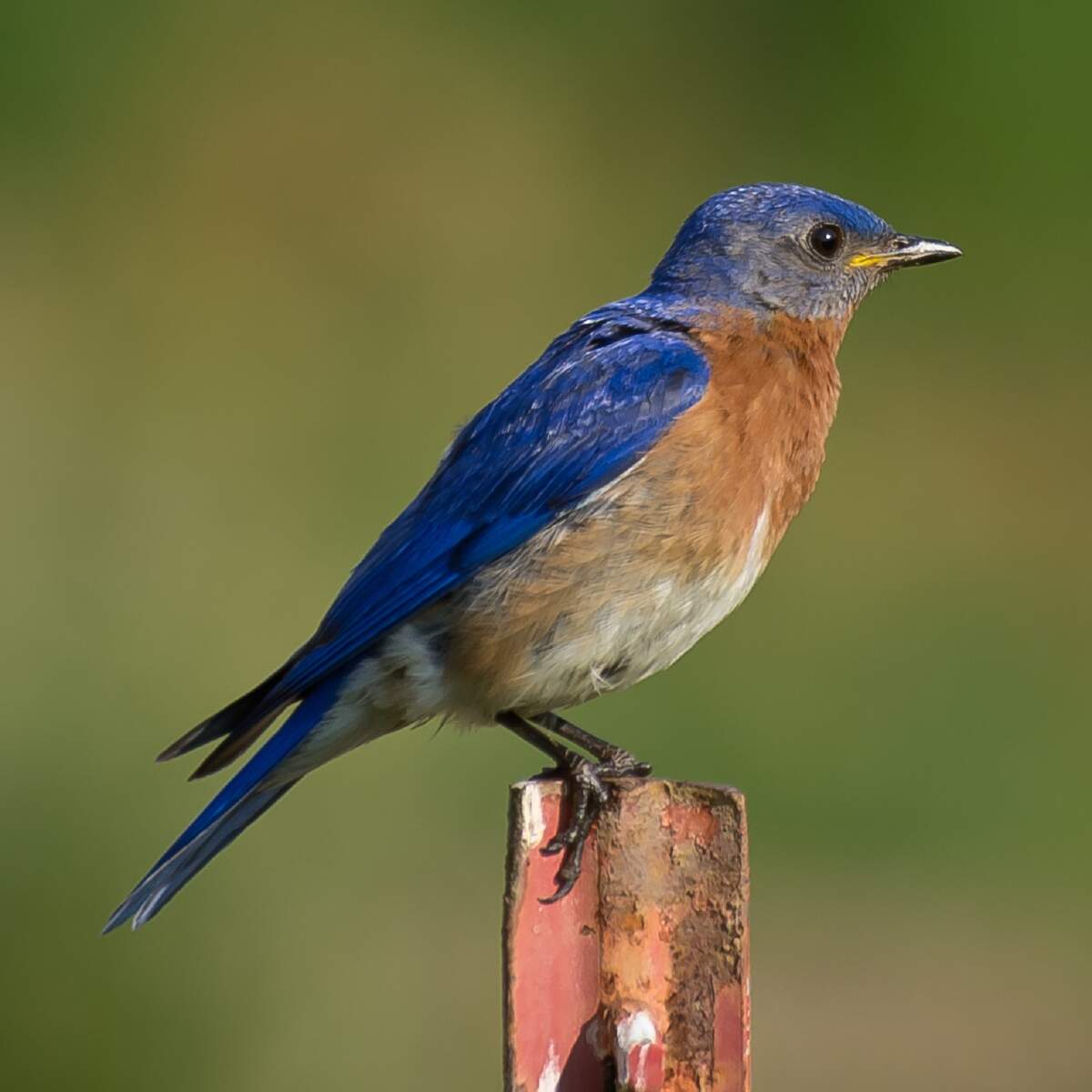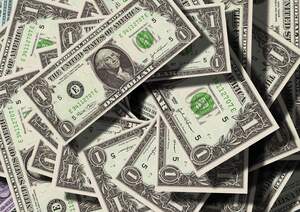

National Bluebird of Happiness Day
Observed
annually on September 24th
Dates
September 24th, 2023
September 24th, 2024
September 24th, 2025
September 24th, 2026
September 24th, 2027
Hashtags
Sources
https://en.wikipedia.org/wiki/Bluebird_of_happiness
https://etsyforanimals.blogspot.com/2011/09/national-bluebird-of-happiness-day.html
https://holidaydoodles.com/?p=1731
https://web.archive.org/web/20130118100812/http://news.yahoo.com/september-24-national-bluebird-happiness-day-national-punctuation-203400097.html
https://www.reference.com/world-view/symbolic-meaning-bluebird-9e380d390a08db27
https://www.worldnationaldays.com/national-bluebird-of-happiness-day/
Bluebirds are in the thrush family of birds, related to the American Robin. Native to North America, there are three types of bluebirds: eastern bluebird, western bluebird, and mountain bluebird. For thousands of years, they have been associated with happiness. Besides being known as both a harbinger and symbol of happiness, they are known as symbols of love, good health, cheerfulness, new births, and home. Today we celebrate them for all the joy and happiness they are associated with and bring.
The association of bluebirds with happiness appears in ancient Lorraine folklore. These traditional tales inspired Catulle Mendès to write Les oiseaux bleus—translated to Blue Birds—which was published in 1886. Maurice Maeterlinck's stage play The Blue Bird premiered in 1908. Although the phrase "bluebird of happiness" does not appear in the play, it is believed Maeterlinck coined it, and the phrase likely came about because of the play.
In the play, two children, Tyltyl and Mytyl, are sent by a fairy to search for the Bluebird of Happiness, in order to save their family. After visiting many kingdoms and not finding it, they return home to find it in a cage in their house—it is actually Tyltyl's pet bird. The moral of the story is that happiness comes from within. The children then give the bird to a sick neighbor, which brings them happiness.
The play has often been adapted. It went on Broadway in 1910, and a British program from 1912 said of it, "The Blue Bird, inhabitant of the pays bleu, the fabulous blue country of our dreams, is an ancient symbol in the folk-lore of Lorraine, and stands for happiness." It was adapted into at least seven films between 1910 and 2002, including a 1976 film starring Jane Fonda, Cicely Tyson, Elizabeth Taylor, and Ava Gardner.
The popularity of the phrase was reinforced by the song "Bluebird of Happiness," which was composed in 1934 by Sandor Harmati and Edward Heyman. Harmati wrote it for his friend, tenor singer Jan Peerce. Peerce's 1945 recording became one of the best-selling records by an opera singer ever. Another popular recording of the song was done by Art Mooney and His Orchestra.
How to Observe National Bluebird of Happiness Day
Here are a few ideas on how to celebrate the day!
- Put up a bluebird house or feeder.
- Give gifts associated with bluebirds, in order to wish someone happiness.
- Read Bluebirds by Catulle Mendès.
- Read the 1908 play The Blue Bird by Maurice Maeterlinck, or watch one of its film adaptations.
- Listen to "Bluebird of Happiness" Jan Peerce.
- Listen to "Bluebird of Happiness" by Art Mooney and His Orchestra.
- Listen to "Bluebird" by Paul McCartney and Wings.





















